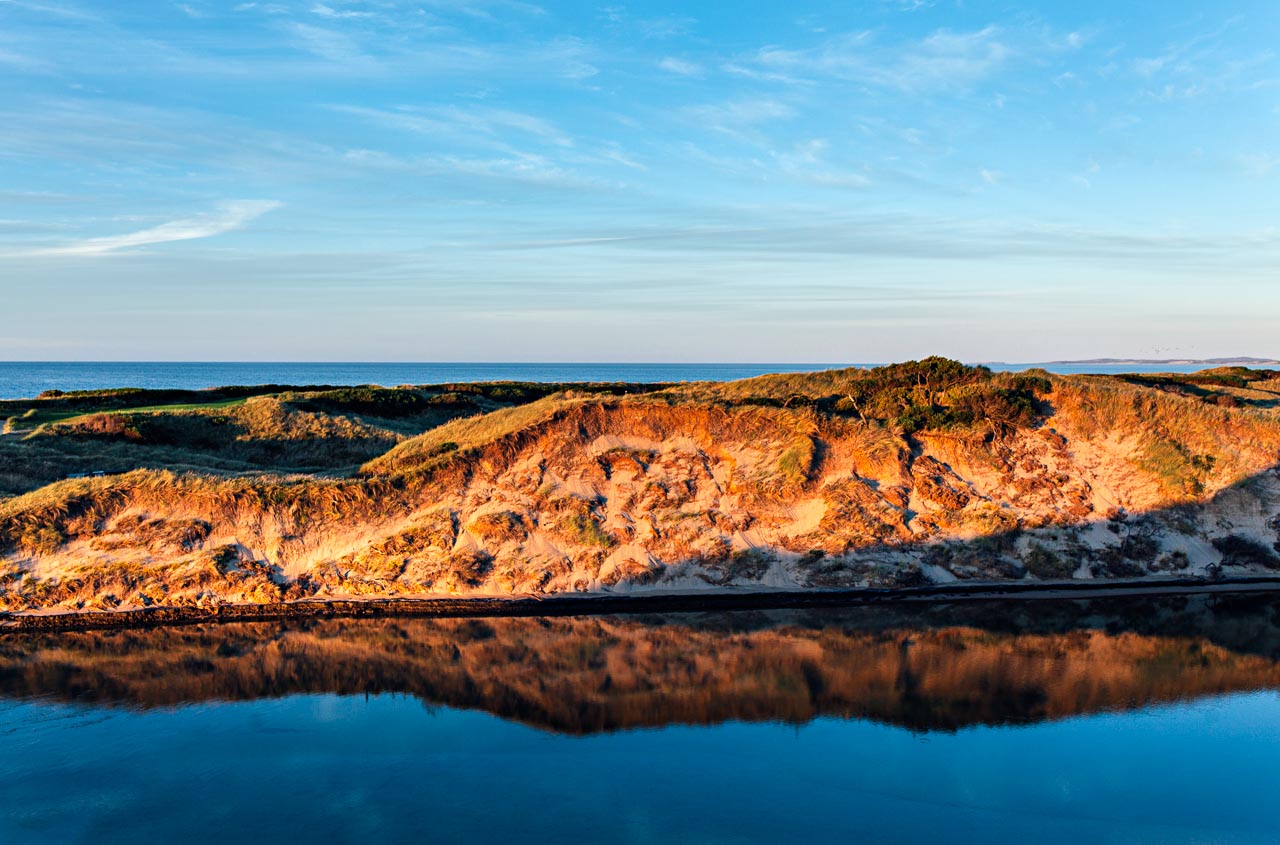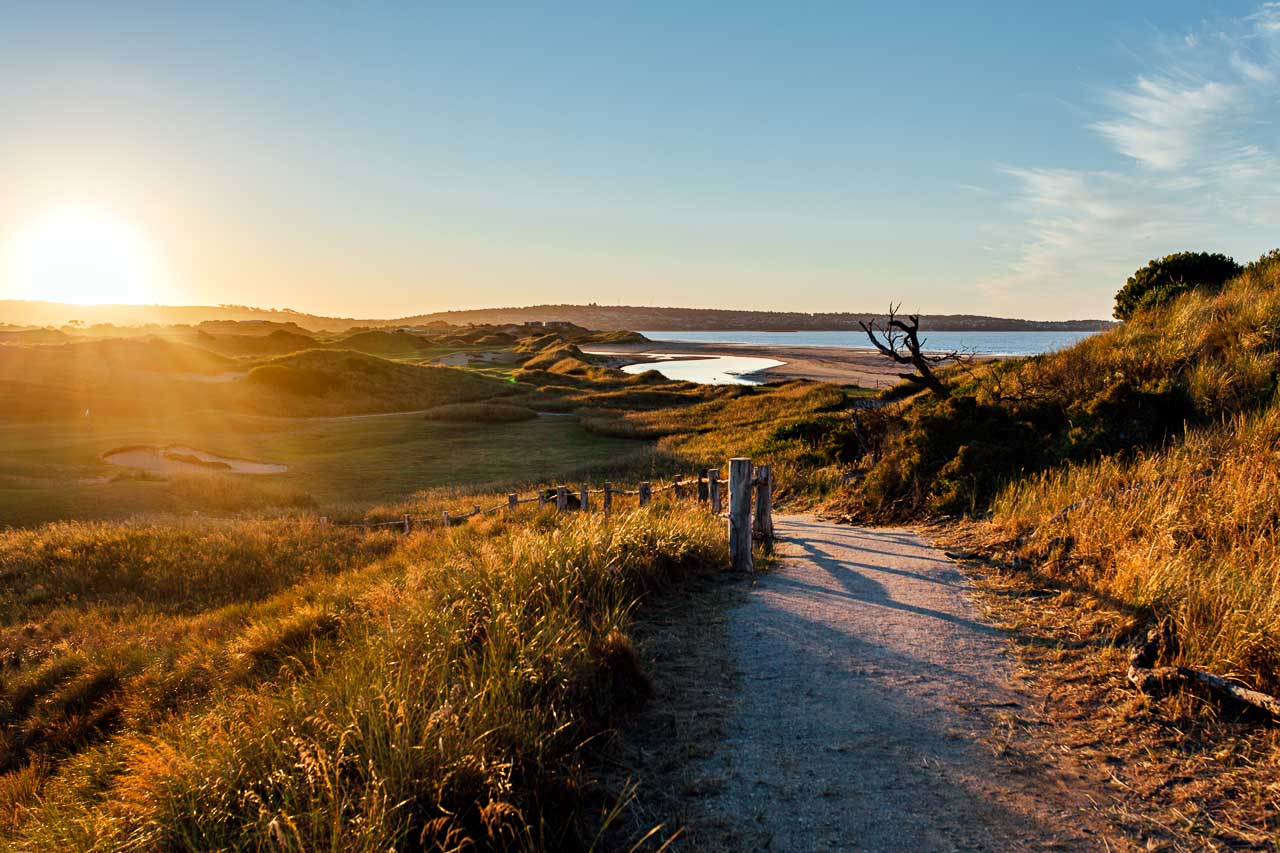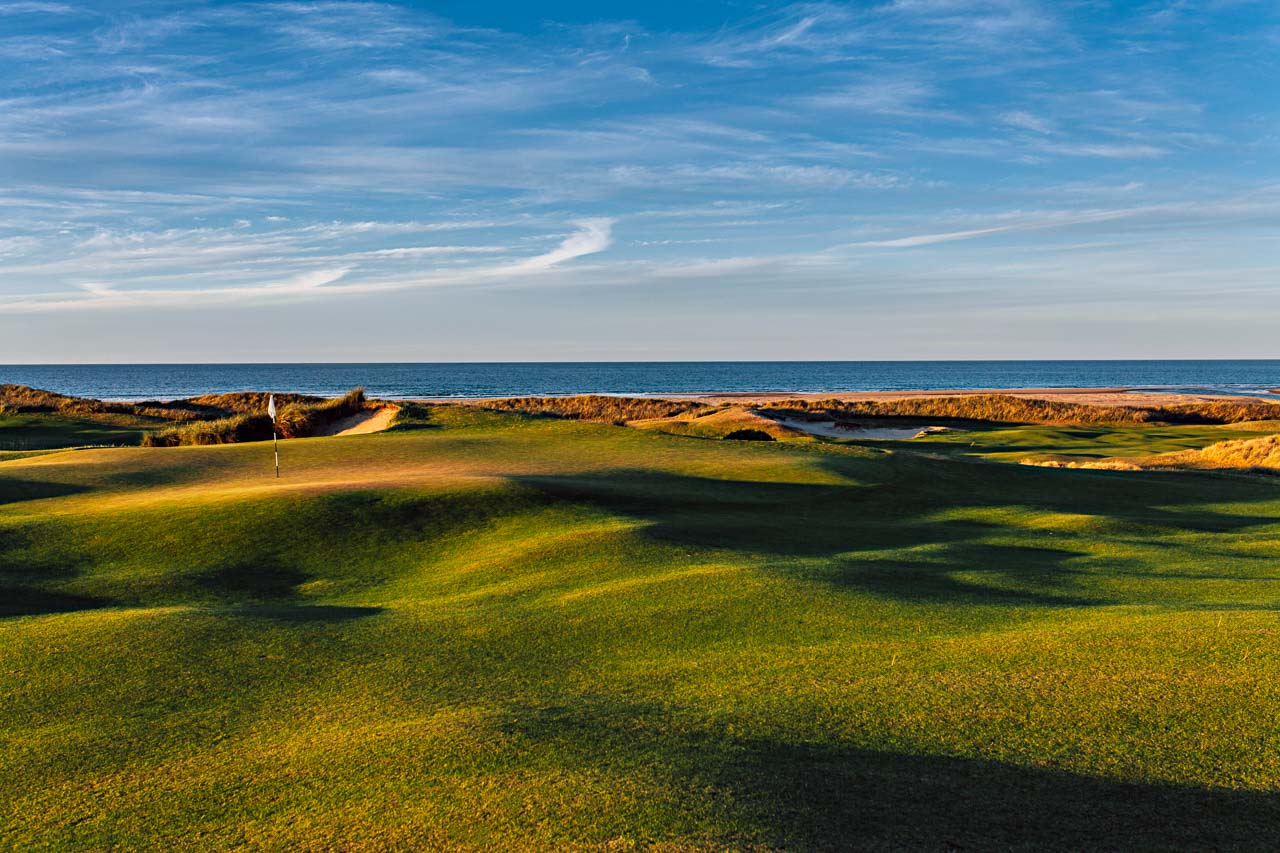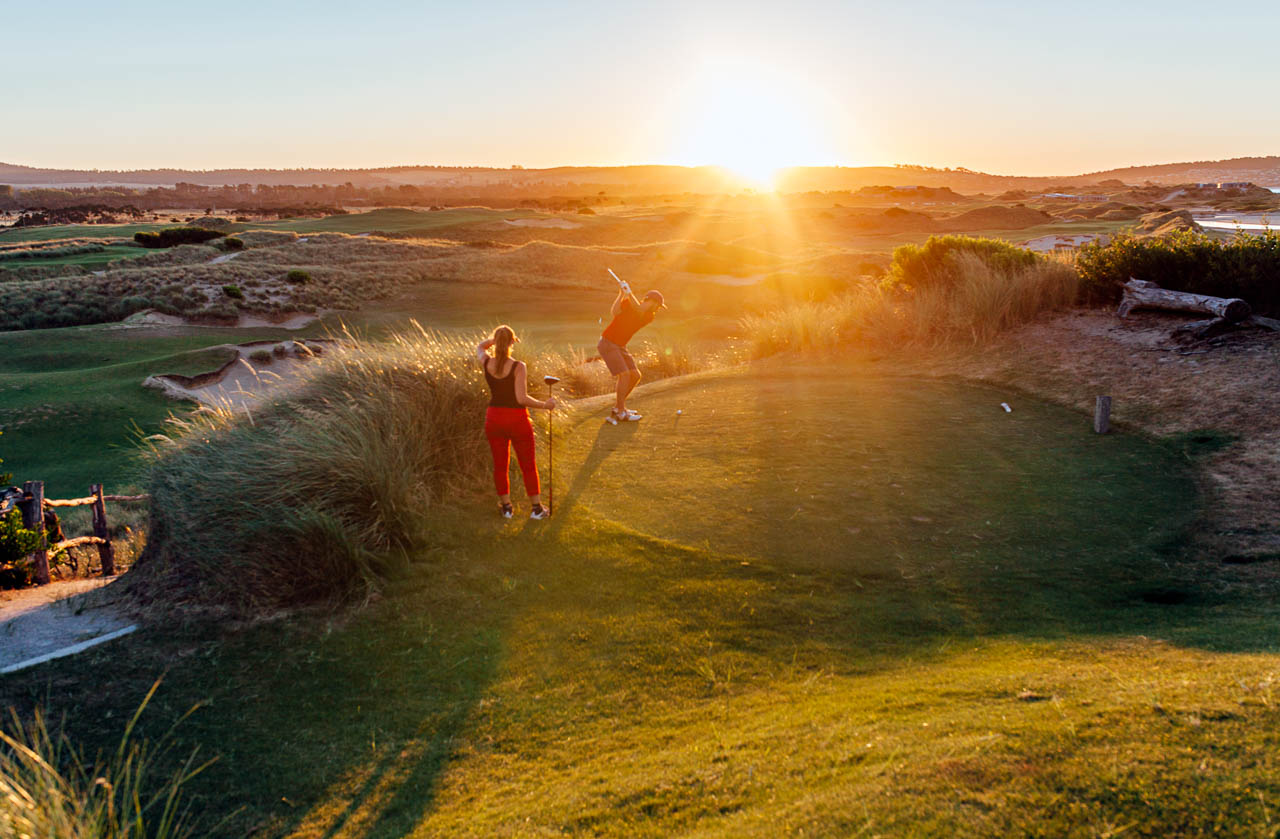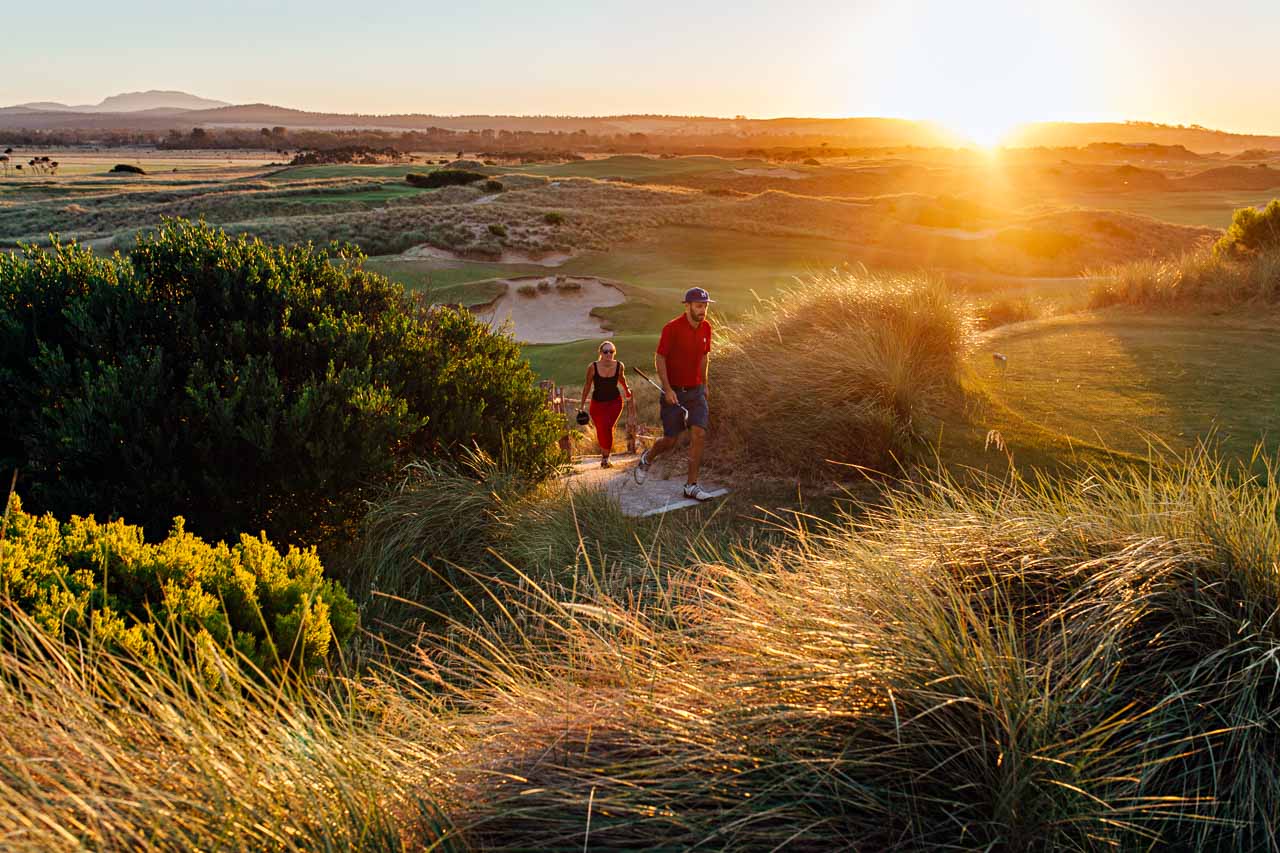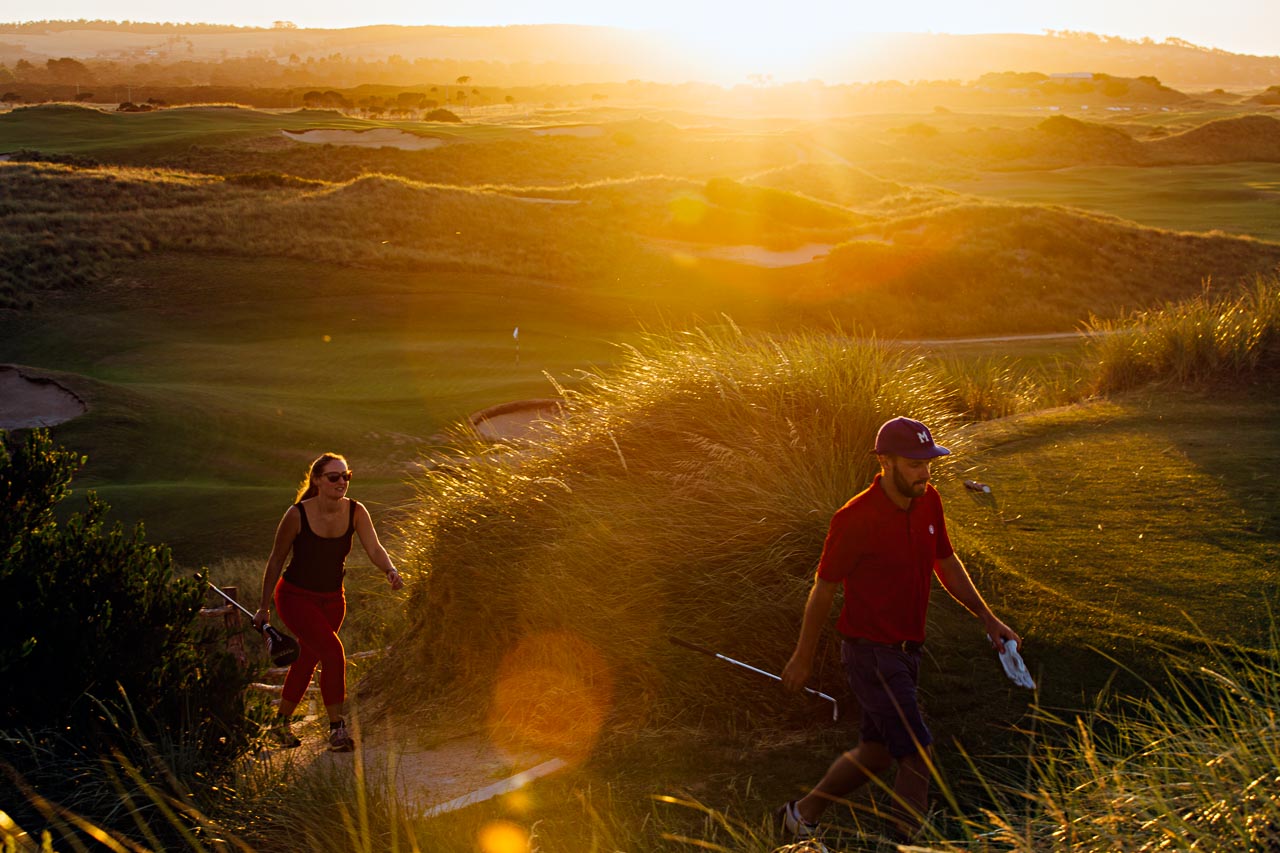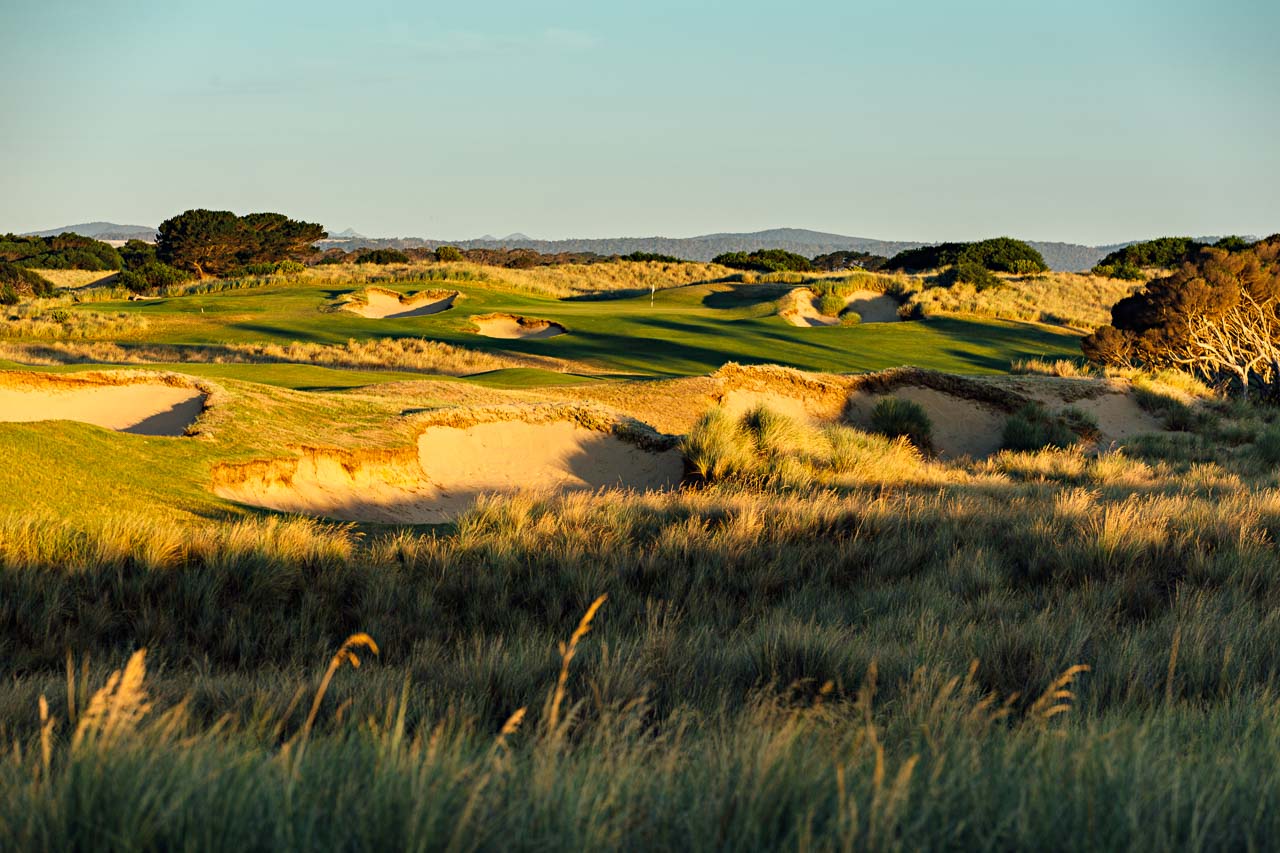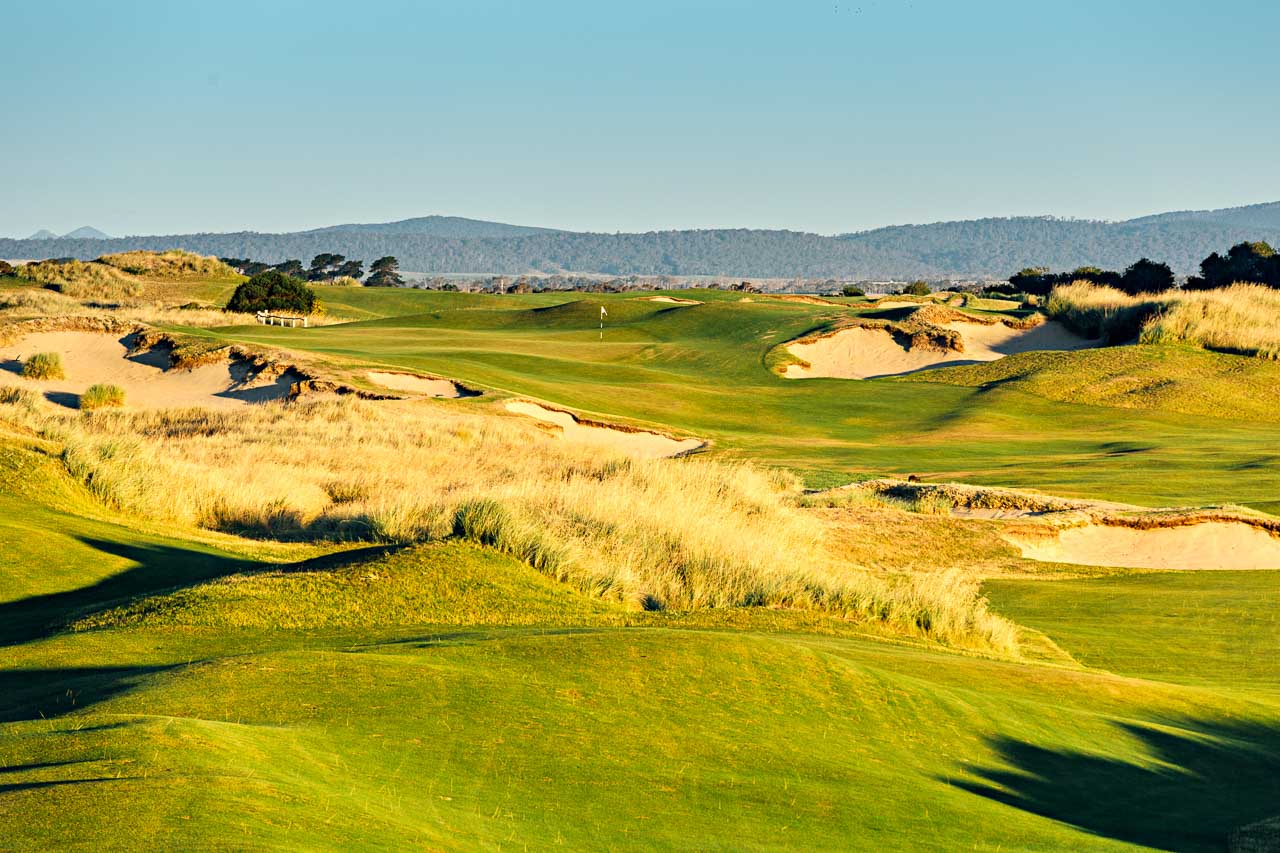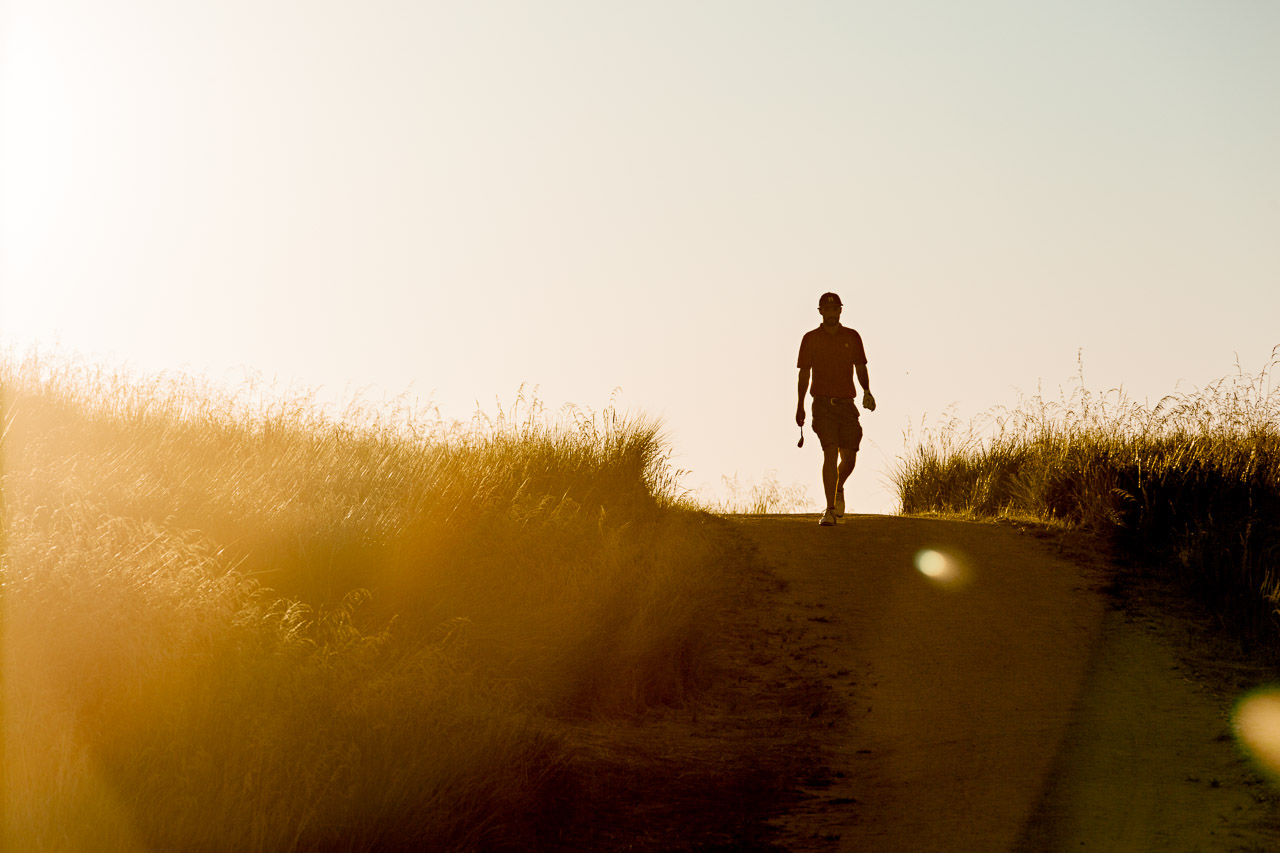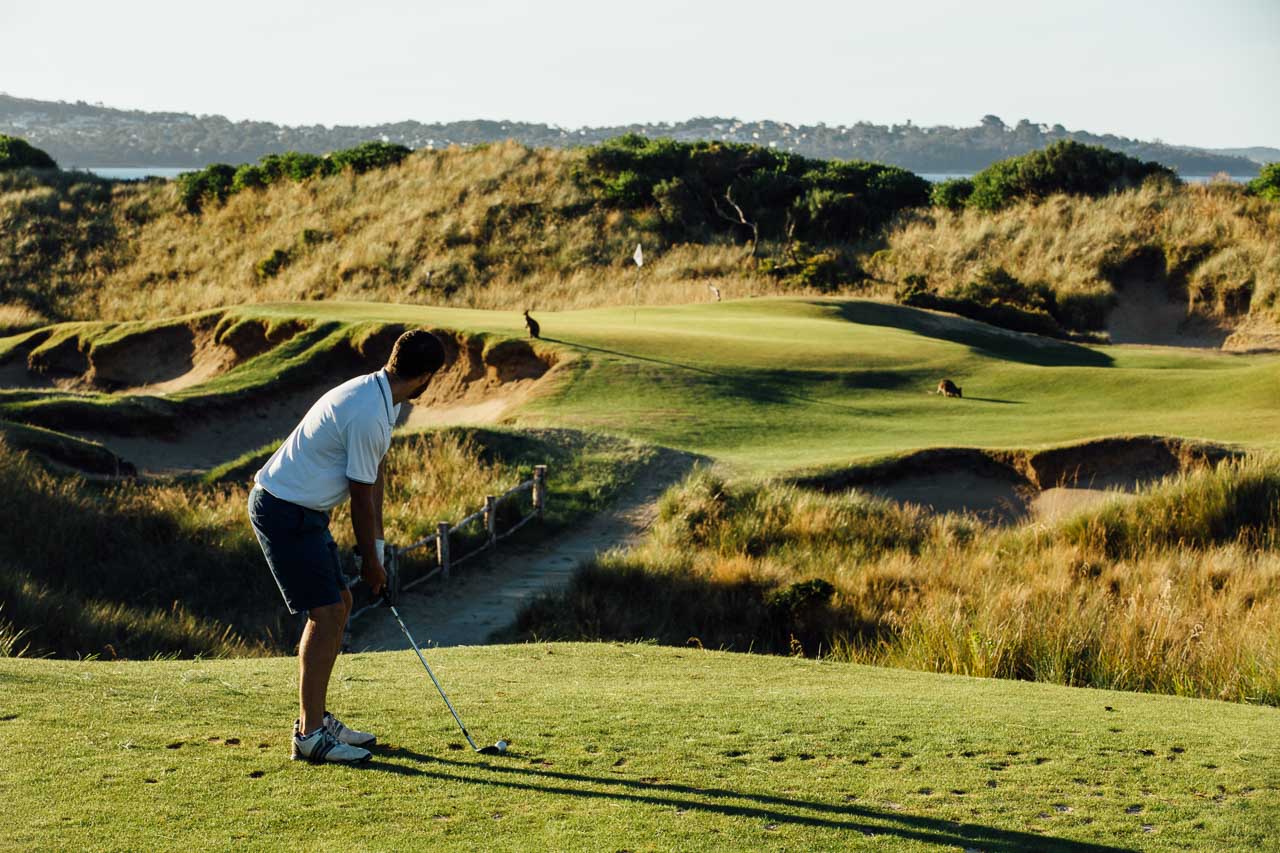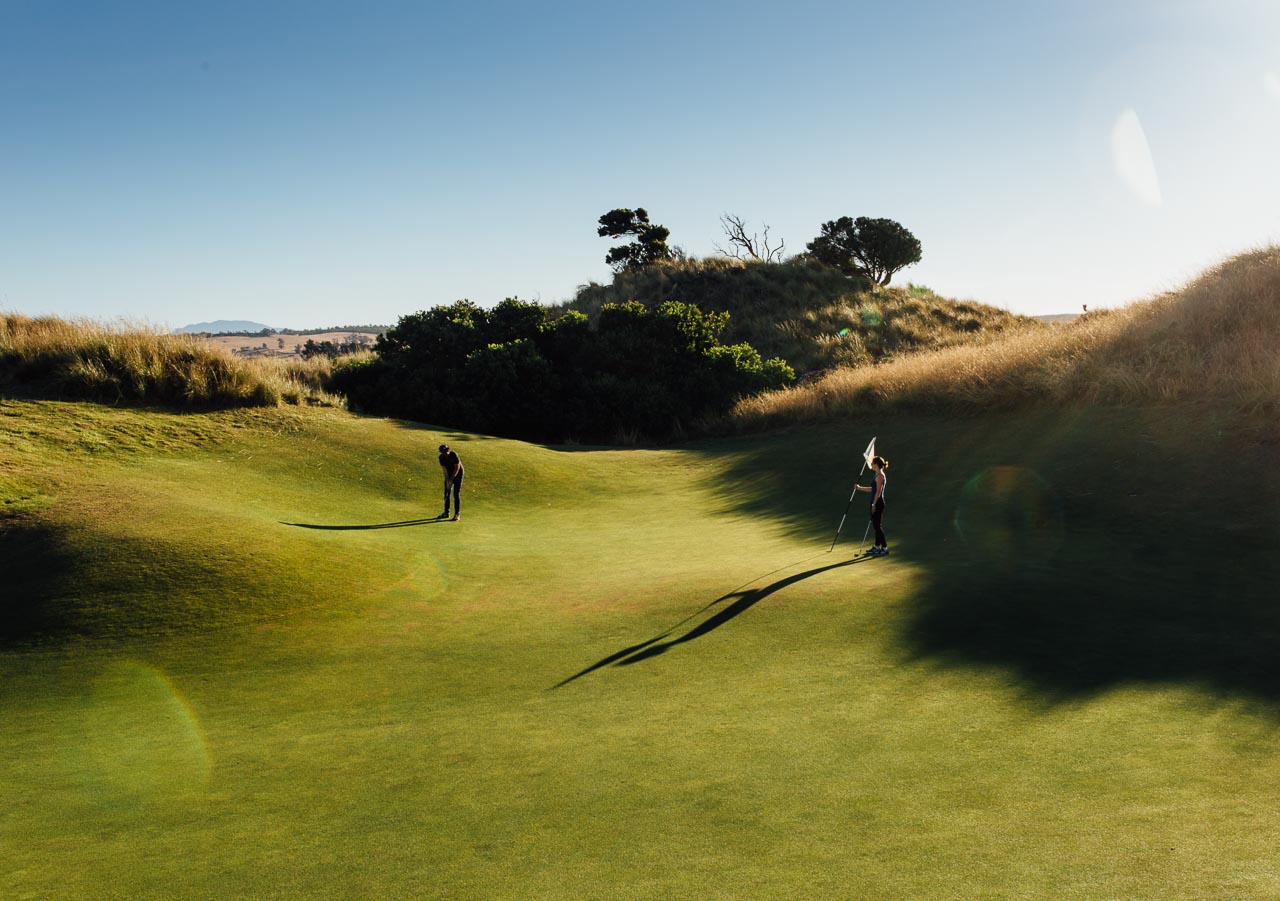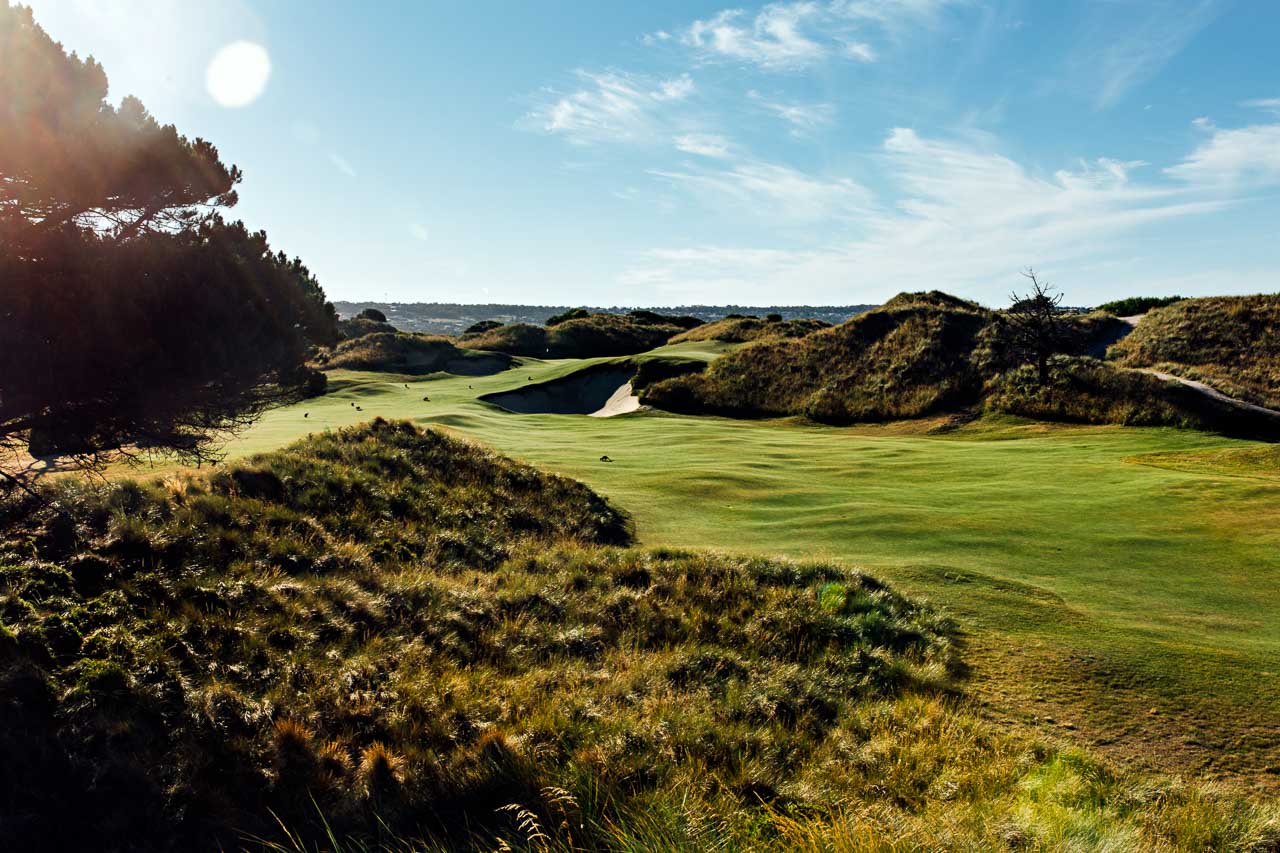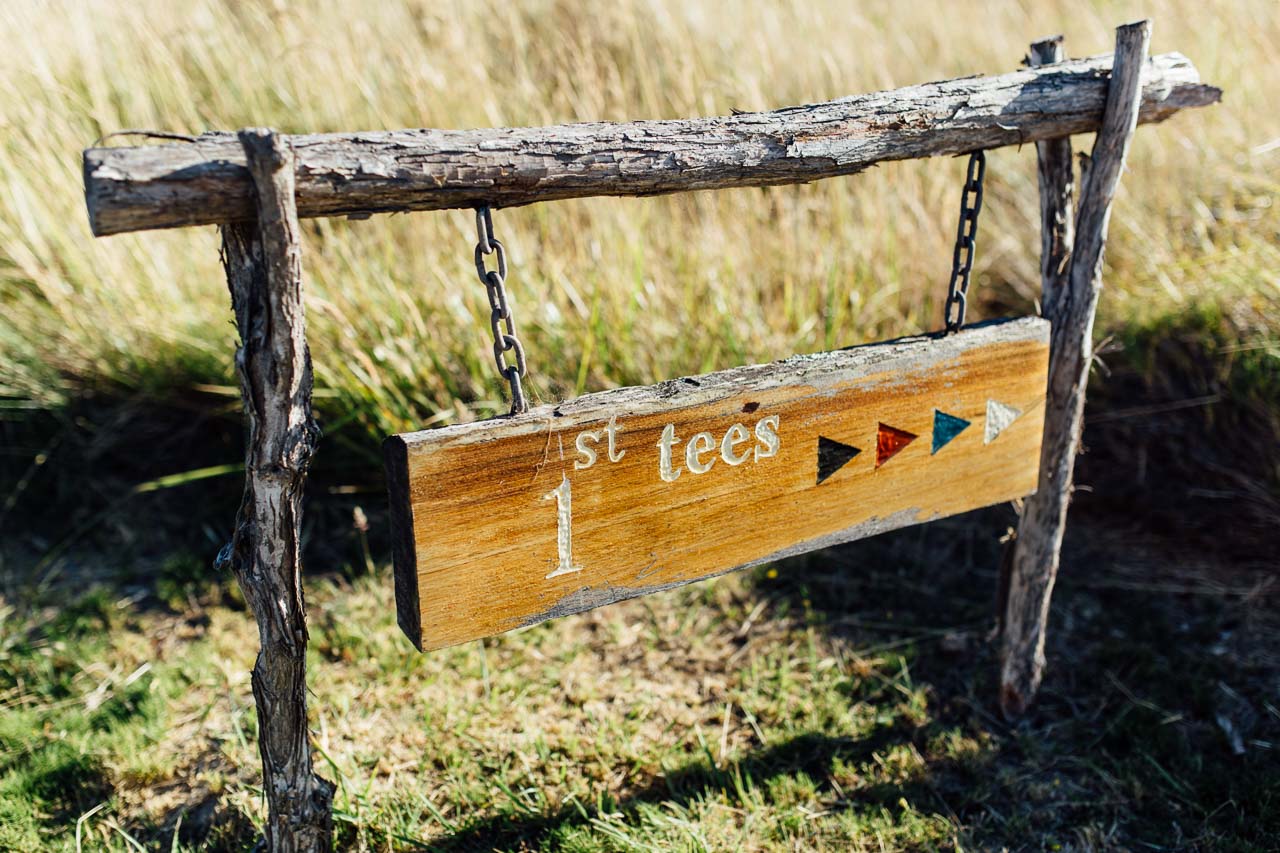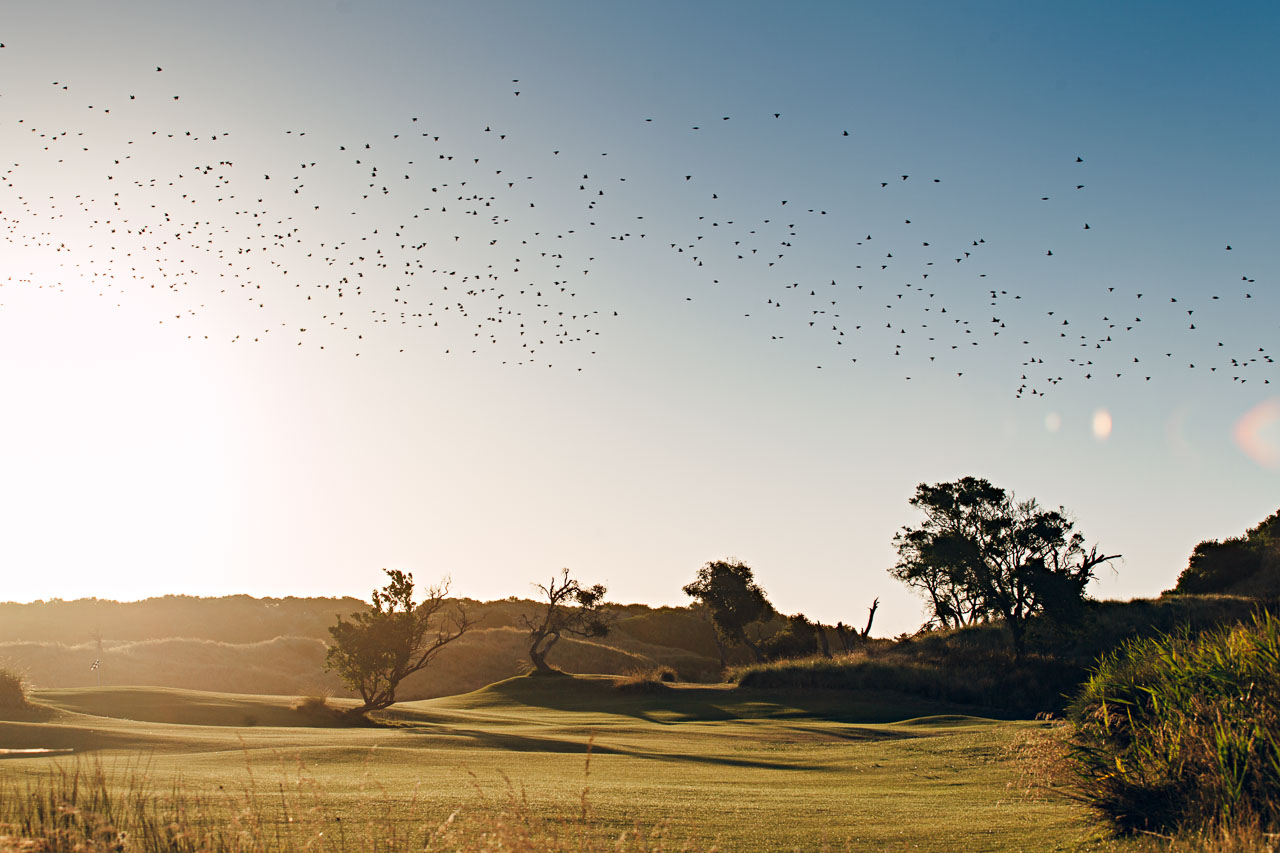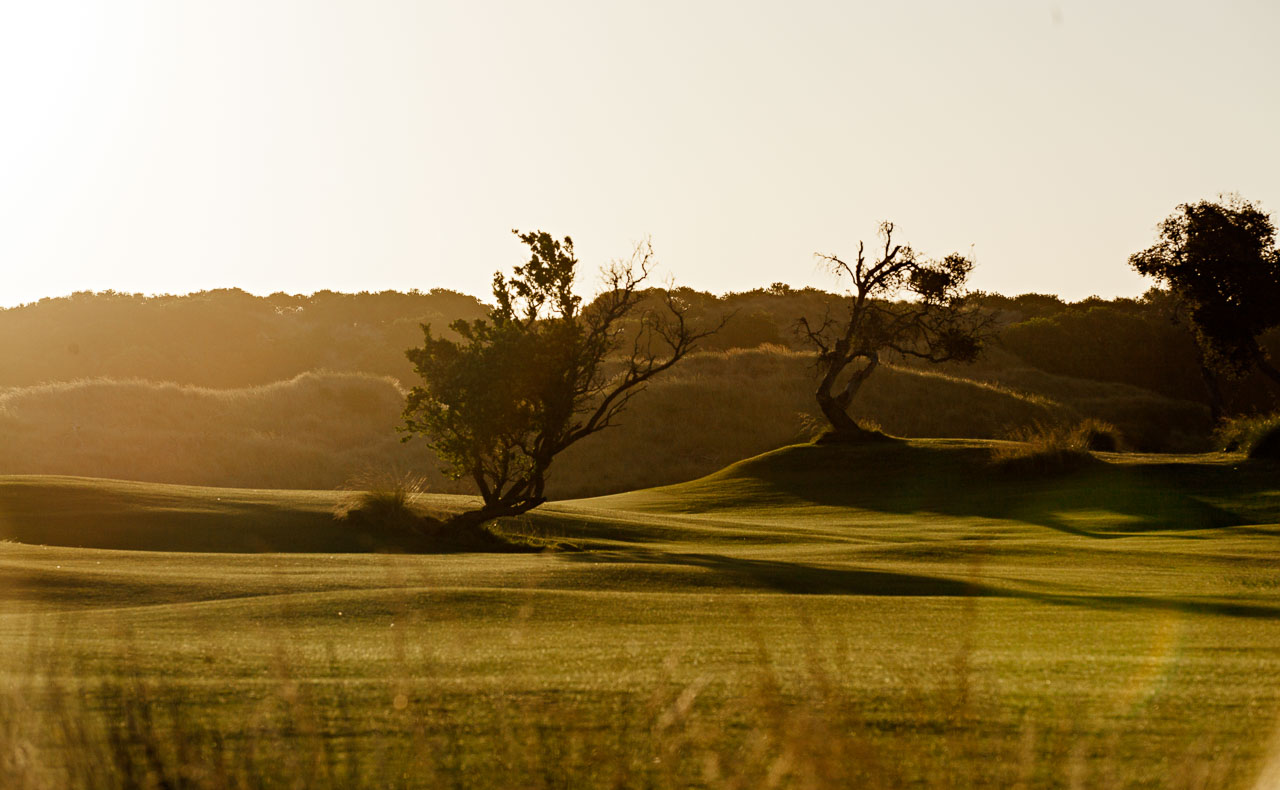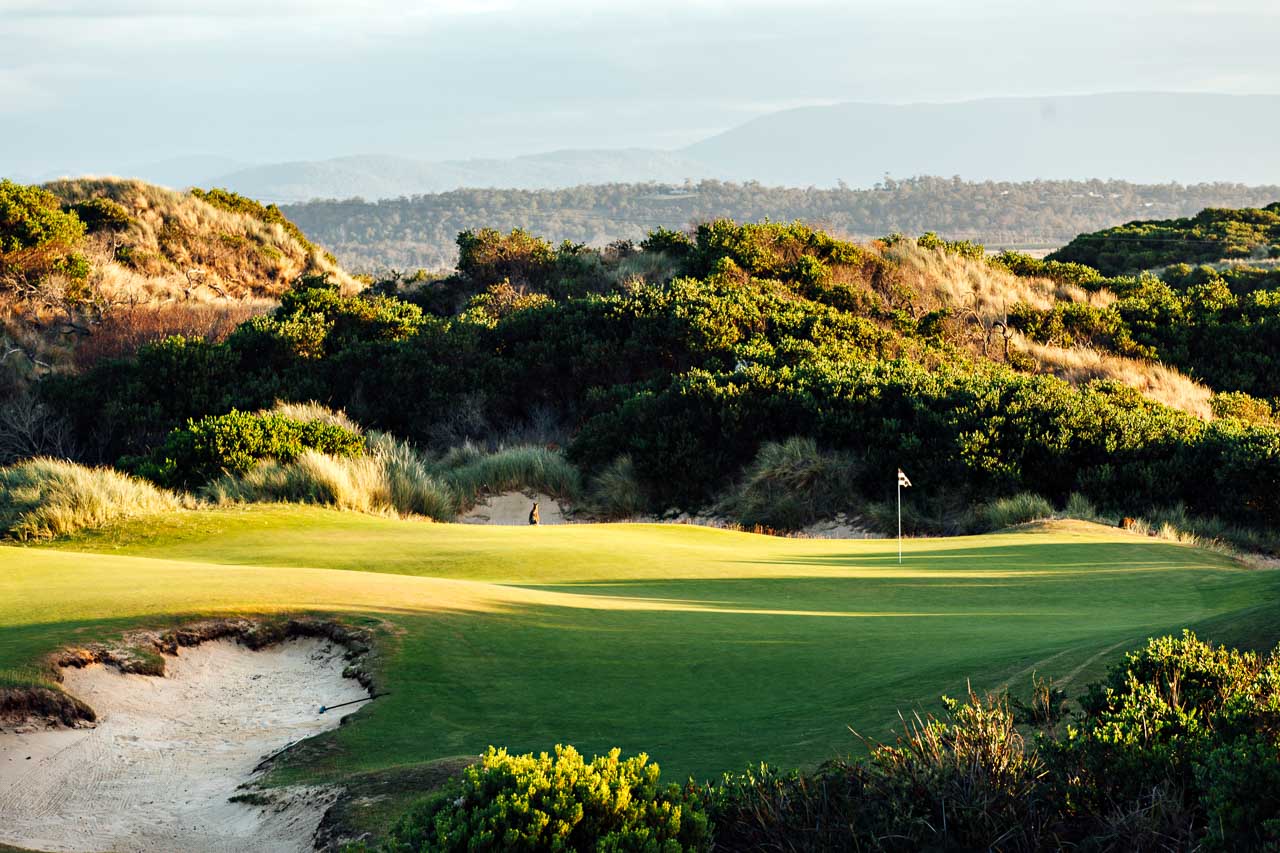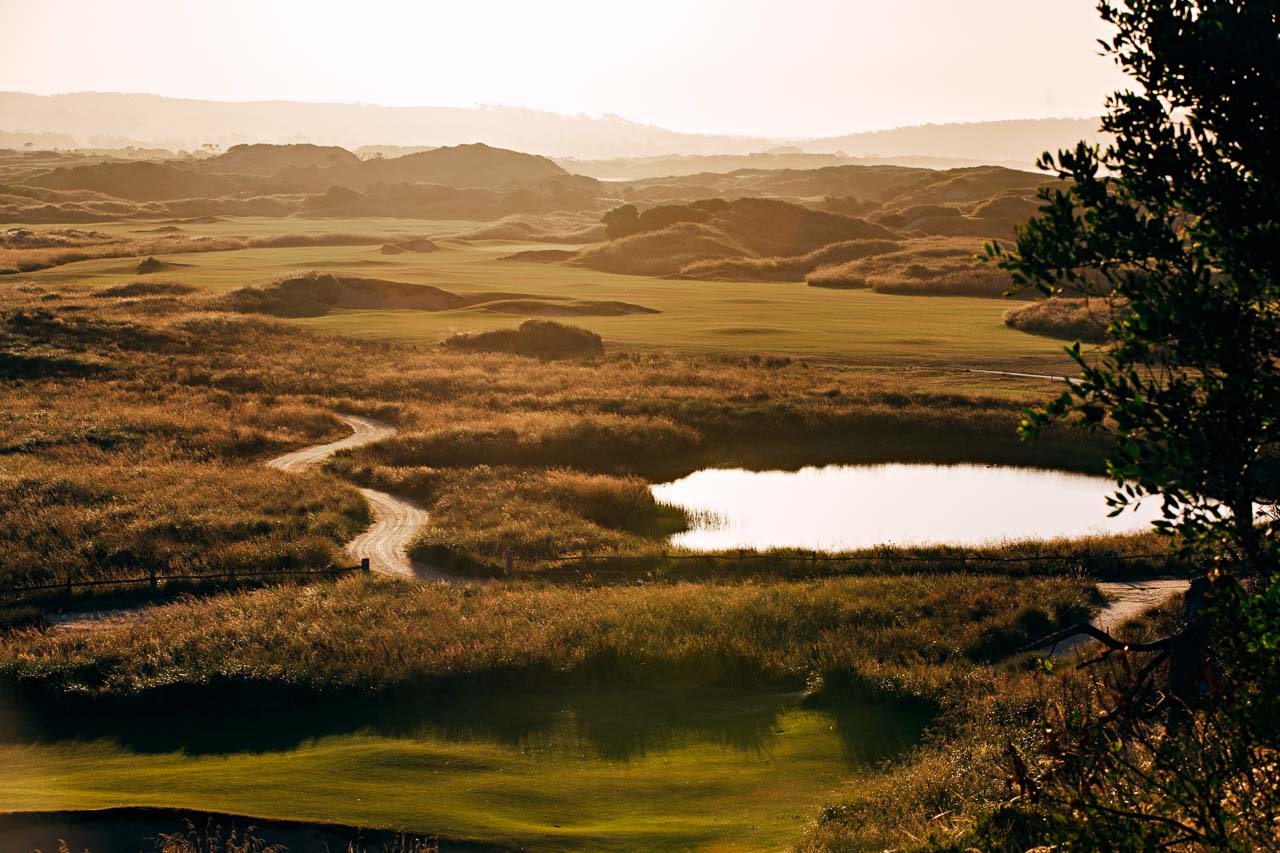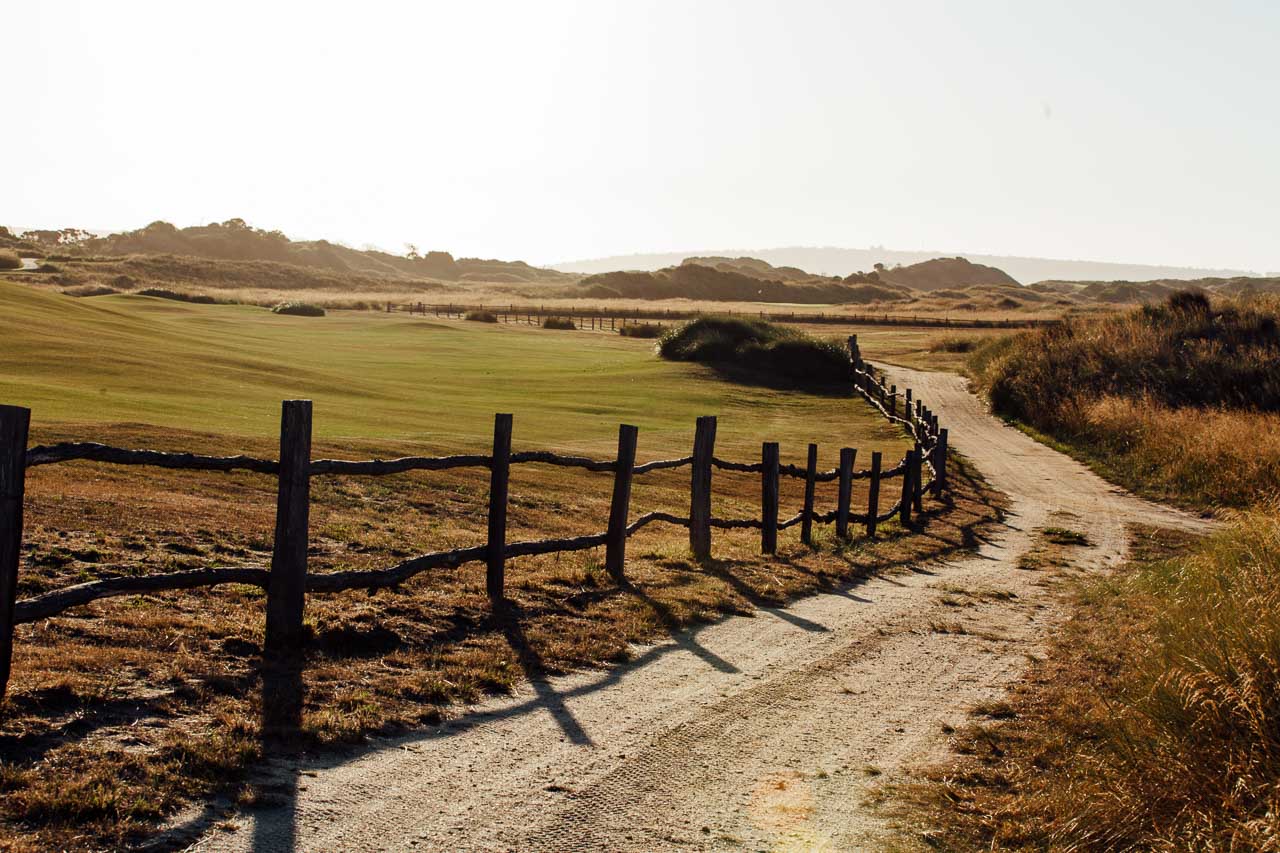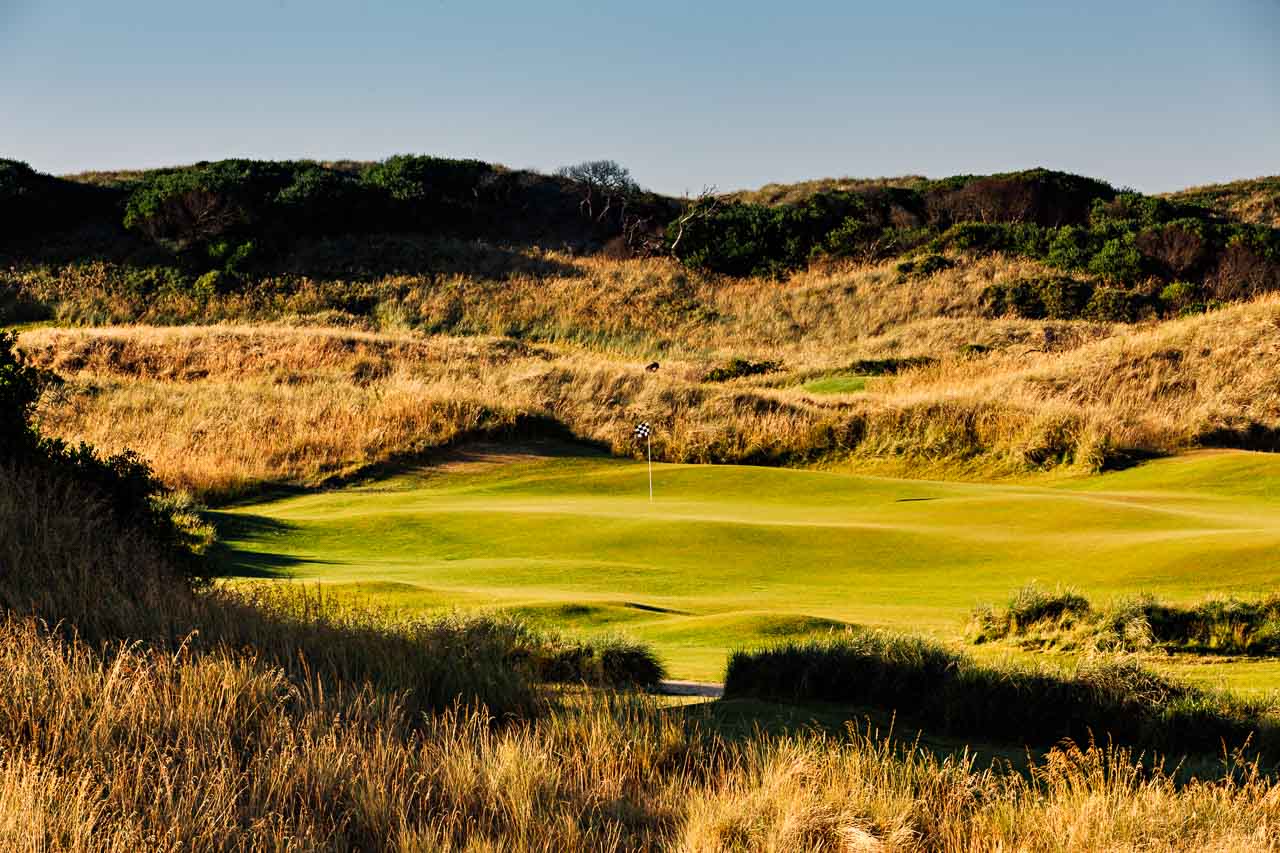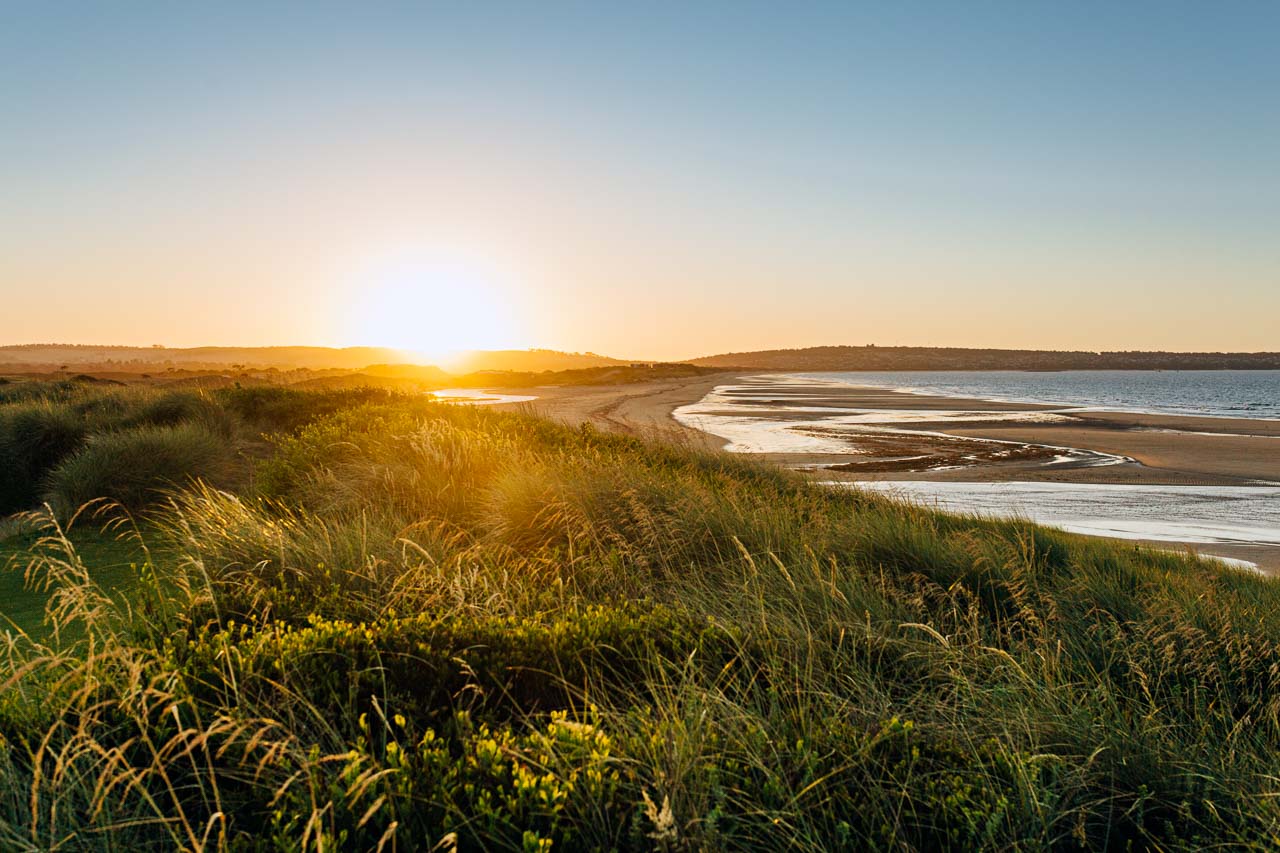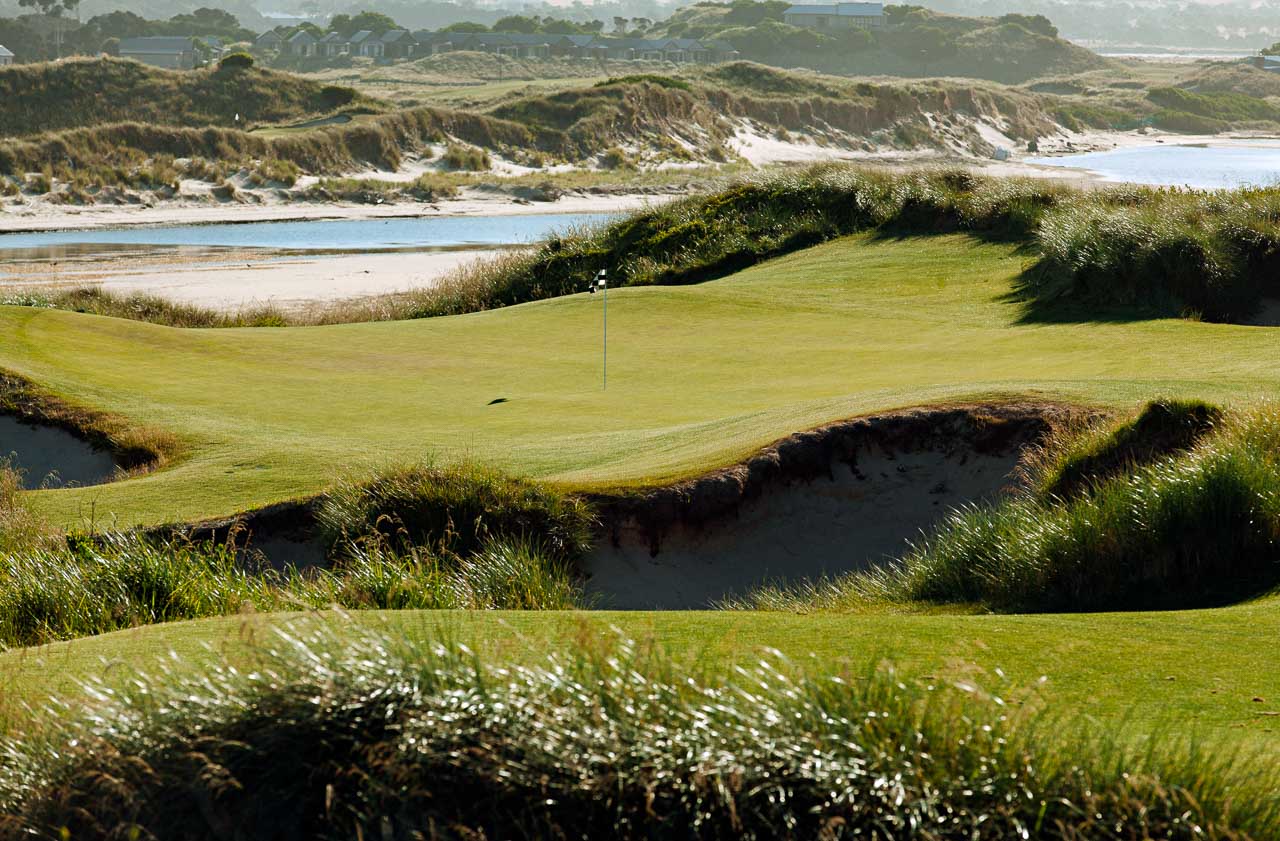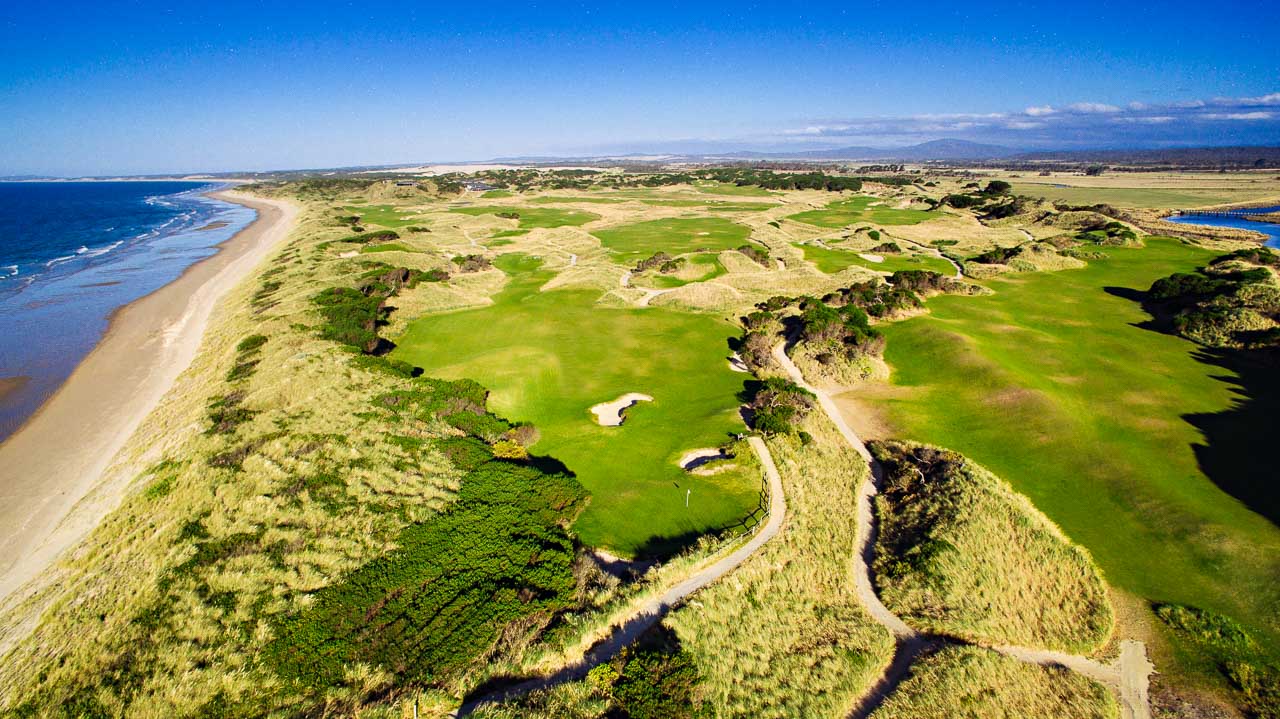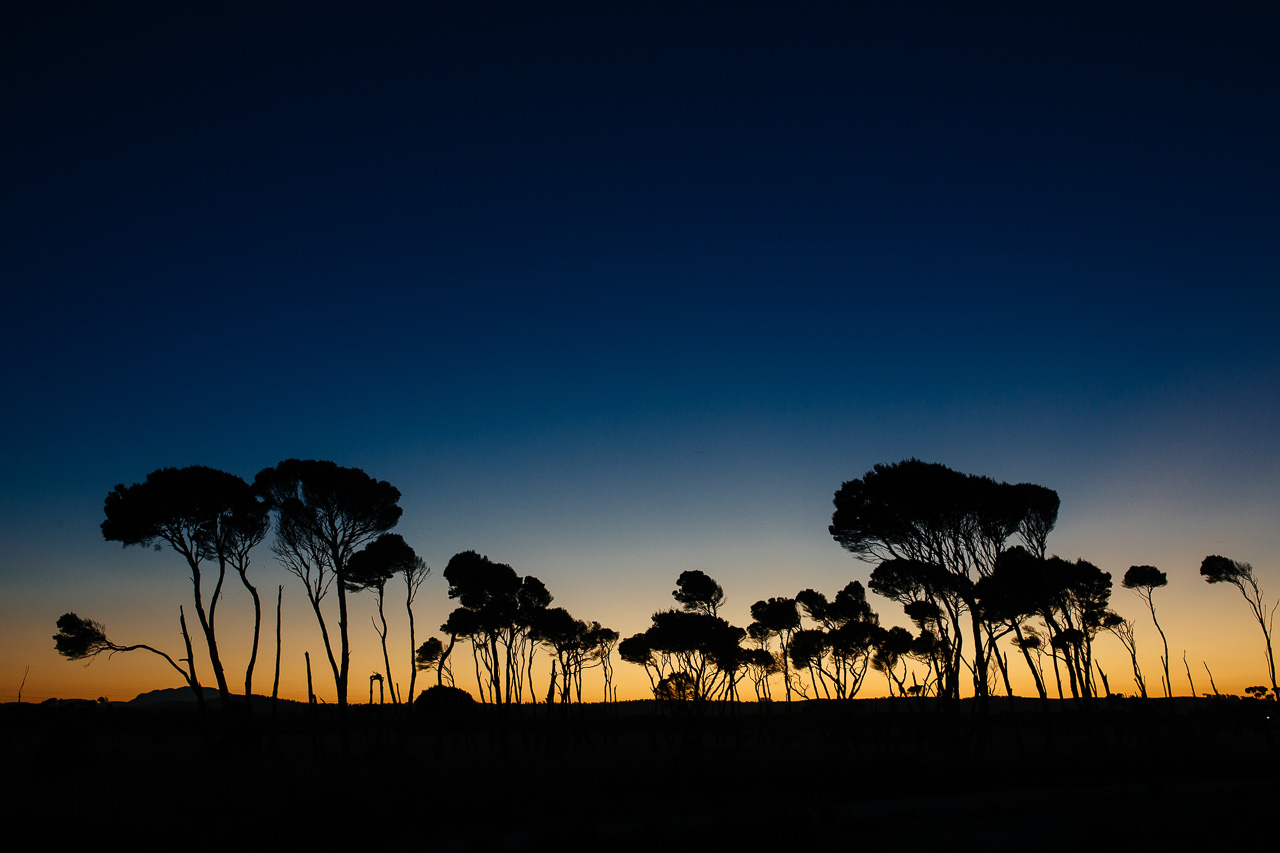Jack Carswell worked at Barnbougle for nine years — first as a caddie and then as a greenkeeper.
I first walked Barnbougle Dunes a few years prior to its December 2004 opening, at a time when nearby Bridport was known only for its fishing and wild New Year’s Eve parties. Tours of the course-to-be were offered to those interested, or as many people that could pile in the back of a Landcruiser. The notion of people travelling to sleepy Tasmania to play golf on a potato farm seemed pretty far-fetched, even to a golfing fanatic of 12 years. The tour ambled through the dunes on the front 9, driving each hole as it was to be played even though a preliminary routing was all that had been conceived. We stopped at a few locations to reference the map with the contours and proposed green locations. The point was made by the guide that very little earth moving would be required to maintain the true links feel, a promise that was certainly honoured. Years later, in a conversation with course co-designer Mike Clayton, he attributed the difficult task of routing the course to the original topography created by the wind and sand, maintained over the years by the marram grass.
Barnbougle Dunes was the brainchild of Greg Ramsay, a golf tragic (he would say entrepreneur) who grew up on Australia’s oldest golf course, Ratho Farm in southern Tasmania. Ramsay stumbled across the land, owned by potato and cattle farmer Richard Sattler, after spending time in Scotland and developing a deep passion for links golf. Bridport was a regular holiday destination for Greg and his family and it wasn’t long before he found the highest point on the hill to gauge the depth of the dunes over at Barnbougle, within sight of Bridport town across Anderson Bay. Ramsay contacted Sattler by phone to discuss the idea of a golf course, however initial attempts were met with extreme hesitation. In fact Greg was labeled a madman. It wasn’t until Greg arrived unannounced on Richard’s doorstep that he was taken seriously. After some serious persuasion and a few Scottish whiskeys (I’m guessing), the links land was offered for the experiment, with Richard having little to lose. He considered the land effectively useless – potatoes don’t grow particularly well in sand and cattle prefer greener varieties of grass. Fast forward 12 months and Ramsay had Mike Keiser (owner of golfing mecca Bandon Dunes, Oregon), Tom Doak (renowned golf course architect) and Mike Clayton (former Australian professional turned course architect) in agreement that a world class golf course could be built at Barnbougle.

